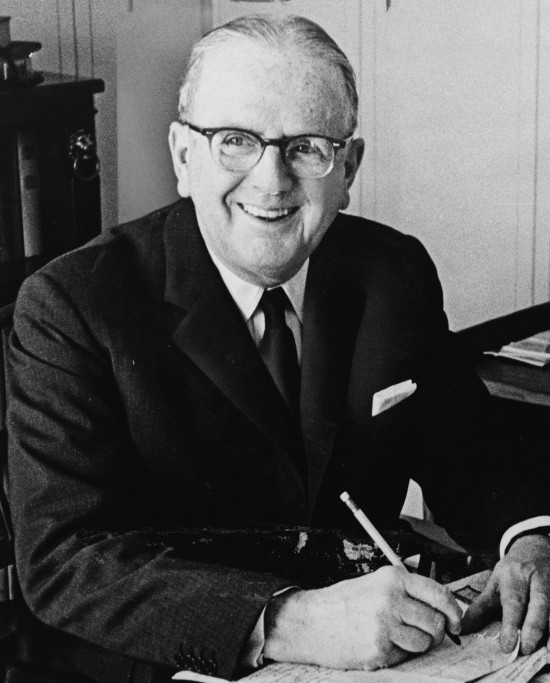It’s always good to get a compliment.
When I rewrote the lead for a promotion that “GX”, a successful copywriter, had been paid to write for one of my clients a few years ago, I felt good about my revision. The sales copy GX had sent in was standard, run-of-the-mill professional palaver. My take on it felt fresh and strong. It was better.
But when I sent it back to my client, I was worried that GX might not like the fact that I had changed it so much. Perhaps he would feel slighted and reject it. We couldn’t force him to accept my changes. If he insisted on going with his original submission, my client would be in an awkward position: She could risk offending a potentially good source of future copy… or she could mail what we both believed was weaker copy and suffer the economic consequences.
Luckily, she didn’t have to make that choice. After reading my new lead (along with my suggestions on how to finish out the rest of the package), GX wrote:
I thought: “Why couldn’t I write it like that?”… but then I realized that’s why Mark is so successful. I’m honored that he took the time to do it… I appreciate the effort… my challenge now is to make the rest as strong as Mark’s contribution… make us all proud.
This story has two morals.
The first is about ego and its opposite – i.e., humility. The greatest challenges we face in life are obstacles that reside inside of us. When it comes to learning a complicated skill like writing (copywriting, editorial writing, writing for blogs, e-zines, books, etc.), the one thing that will keep you from learning it quickly is hubris.
Hubris is Aristotle’s term for excessive, blinding pride. It is the fatal flaw that foiled many tragic heroes in literature, from Oedipus to King Lear to Captain Ahab. When writers believe – or desperately want to believe (which is sometimes worse) – that their writing is above reproach, they cannot possibly get better.
And what is true for writers is equally true for musicians, tennis players, salsa dancers, sumo wrestlers, and skateboarders. Those who are willing to say “I can do better” do better. Those who say “I am the greatest” soon take a tumble.
What you want in your career is the confidence that follows accomplishment, not the pride that precedes a fall.
When I saw the note that GX wrote, I was mildly flattered by the compliment. But what really made me happy was his willingness to agree that my copy was better… and challenge himself to write better copy himself.
So that’s the first lesson: No matter how good you are at what you do, there’s someone out there who can teach you something.
Think about your strongest skill – the talent or capability that is most important to the achievement of your main goal. Now ask: “Am I willing to acknowledge that there are people in my universe who are better at this?”
If you can confidently accept the limitations of your strongest skill, there is no limit to how far you can develop it.
And now we come to the second moral of this story: The only good way to improve a skill is to practice it. Reading about it is certainly helpful. Talking about it with people who are experts may work too. But no amount of reading and talking will do nearly as much as regular, focused practice.
And that’s what GX should know about his future as a copywriter. If he continues to practice his craft – while taking advantage of everything he can learn from more experienced and skillful copywriters – the likelihood that he will be great one day is better than 99 percent.
I am certain of that. Why? Because I have seen it happen. I have worked with more than a dozen copywriters over the years who have moved from bad to pretty good (and GX is pretty good)… and then from pretty good to very good… and then from very good to better than the best. All it takes is practice.
With practice and a willingness to keep learning, GX will almost certainly surpass some of the best copywriters in the business.
It is just a matter of time.
Here’s something else to consider:










